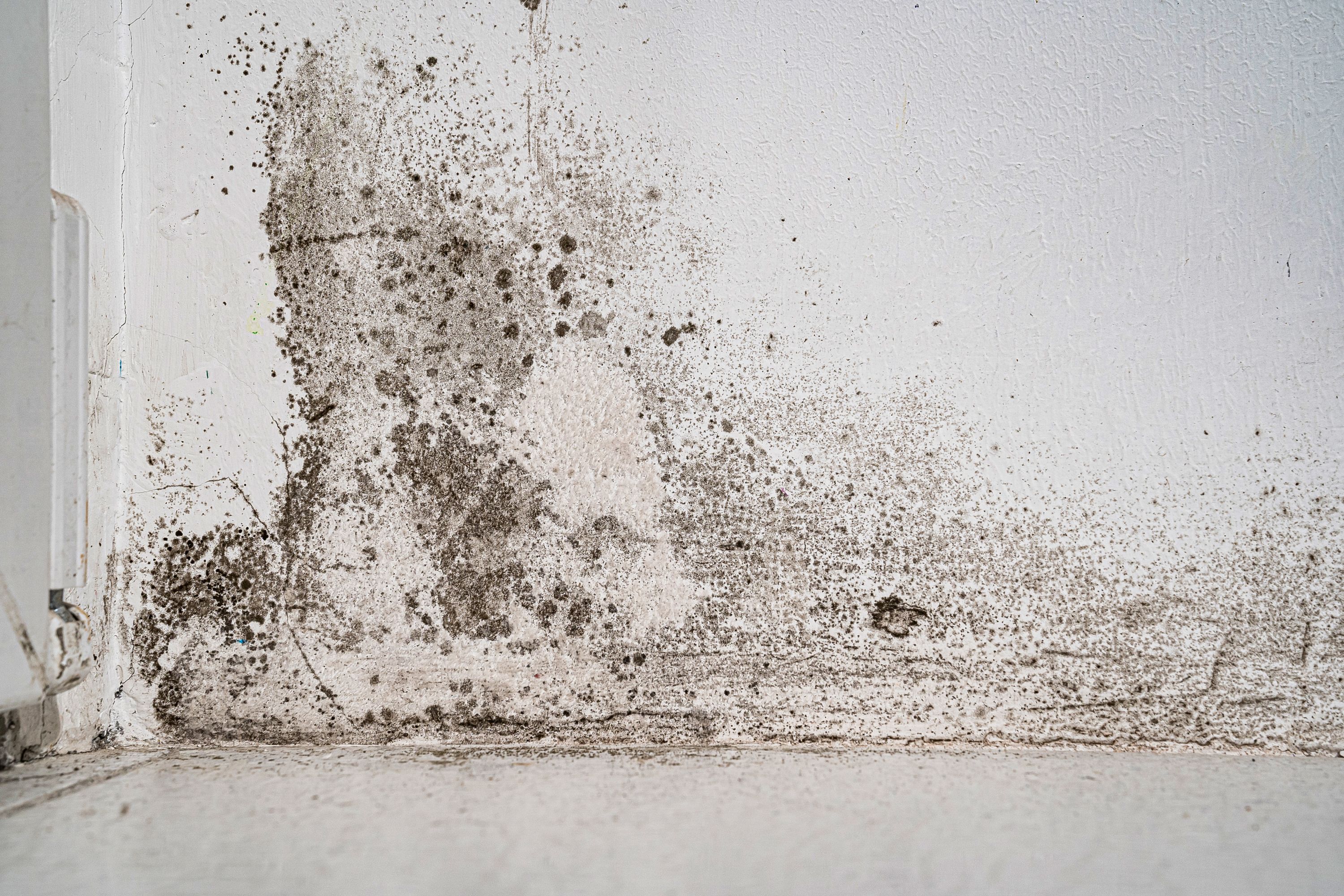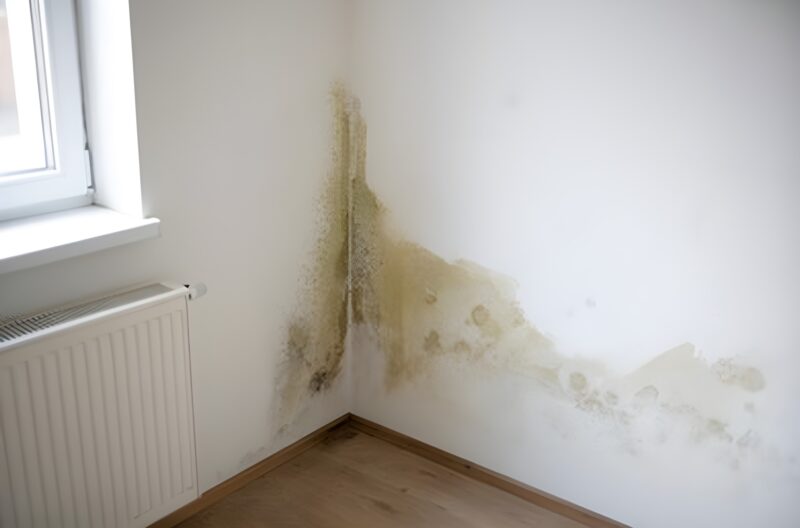Mold inspection is a crucial step in the process of identifying and addressing mold issues in homes and buildings. Mold inspection experts play a key role in this process by conducting thorough assessments to determine the presence of mold, identifying the type of mold present, and assessing the extent of the mold growth.
Their expertise and specialized equipment enable them to detect mold in areas that may not be readily visible to the naked eye. In this article, we will delve into the specifics of what mold inspection experts do and why their services are essential for maintaining healthy indoor environments.
1. Introduction to Mold Inspection
 Mold inspection is a vital process that helps to identify any potential mold growth in a property.
Mold inspection is a vital process that helps to identify any potential mold growth in a property.
It involves a thorough examination of the building structure, including walls, floors, ceilings, and other areas where mold is commonly found. The inspection is typically carried out by certified professionals who have the necessary expertise and equipment to detect mold spores and assess the extent of the infestation.
During the inspection, various tools such as moisture meters, borescopes, and thermal imaging cameras may be used to identify areas of high humidity or water intrusion that could promote mold growth. Additionally, air and surface samples may be collected for laboratory analysis to determine the types of mold present and the severity of the issue.
Overall, mold inspection is a crucial step in maintaining a healthy indoor environment and preventing potential health hazards associated with mold exposure.
2. The Importance of Mold Inspection
Mold inspection plays a critical role in identifying and addressing potential health hazards within a property. By conducting a thorough inspection, experts can determine the extent of mold growth, locate hidden mold sources, and assess the overall air quality in the environment.
This is crucial for ensuring the health and safety of occupants, as mold exposure has been linked to various respiratory issues and allergic reactions. Additionally, mold inspection can help prevent further damage to the property by identifying areas that may require remediation.
Overall, the importance of mold inspection cannot be overstated in maintaining a safe and healthy indoor environment.
3. Common Signs of Mold Growth
 One of the most common signs of mold growth in a home is the presence of a musty odor.
One of the most common signs of mold growth in a home is the presence of a musty odor.
This smell is often described as earthy or damp and can be one of the first indicators that mold is present. Another sign to look out for is the appearance of black, green, or white spots on walls, ceilings, or other surfaces.
These spots can vary in size and shape and may be fuzzy or slimy to the touch. Additionally, if you notice any water stains or discoloration on walls or ceilings, this could also be a sign of mold growth.
It is important to address these signs promptly, as mold can pose serious health risks and damage to your property if left untreated.
4. The Process of Mold Inspection
The process of mold inspection involves a thorough assessment of the property to identify any signs of mold growth or water damage. Mold inspection experts are trained to visually inspect all areas of the property, including hidden spaces such as crawl spaces and attics, where mold growth is common.
They use specialized tools such as moisture meters and infrared cameras to detect moisture levels and potential sources of water intrusion. Once the inspection is complete, the experts will provide a detailed report outlining their findings, including the location and extent of any mold growth, as well as recommendations for remediation.
This comprehensive approach ensures that all potential sources of mold are identified and addressed, helping to create a safe and healthy environment for occupants.
5. Tools and Equipment Used by Mold Inspection Experts
 Mold inspection experts rely on a variety of tools and equipment to accurately assess and identify mold growth in residential and commercial properties. Some of the essential tools used during a mold inspection include moisture meters to detect damp areas that may foster mold growth, infrared cameras to identify hidden moisture sources behind walls or ceilings, air sampling pumps to collect air samples for laboratory analysis, and borescopes to inspect hard-to-reach areas such as ducts or crawl spaces.
Mold inspection experts rely on a variety of tools and equipment to accurately assess and identify mold growth in residential and commercial properties. Some of the essential tools used during a mold inspection include moisture meters to detect damp areas that may foster mold growth, infrared cameras to identify hidden moisture sources behind walls or ceilings, air sampling pumps to collect air samples for laboratory analysis, and borescopes to inspect hard-to-reach areas such as ducts or crawl spaces.
Additionally, professionals may use thermal imaging devices to detect temperature variations that could indicate hidden moisture problems. By utilizing these specialized tools, mold inspection experts can effectively pinpoint mold issues and develop a comprehensive remediation plan to address the problem.
Conclusion
In conclusion, mold inspection experts play a crucial role in identifying and addressing mold issues in homes and buildings. By thoroughly examining the property, testing for mold spores, and providing detailed reports and recommendations, these professionals help property owners mitigate health risks and prevent structural damage caused by mold growth.
Mold Detector, as a key tool in their arsenal, enables them to accurately detect and locate mold infestations. Ultimately, investing in a mold inspection by qualified experts is essential for maintaining a safe and healthy indoor environment.


